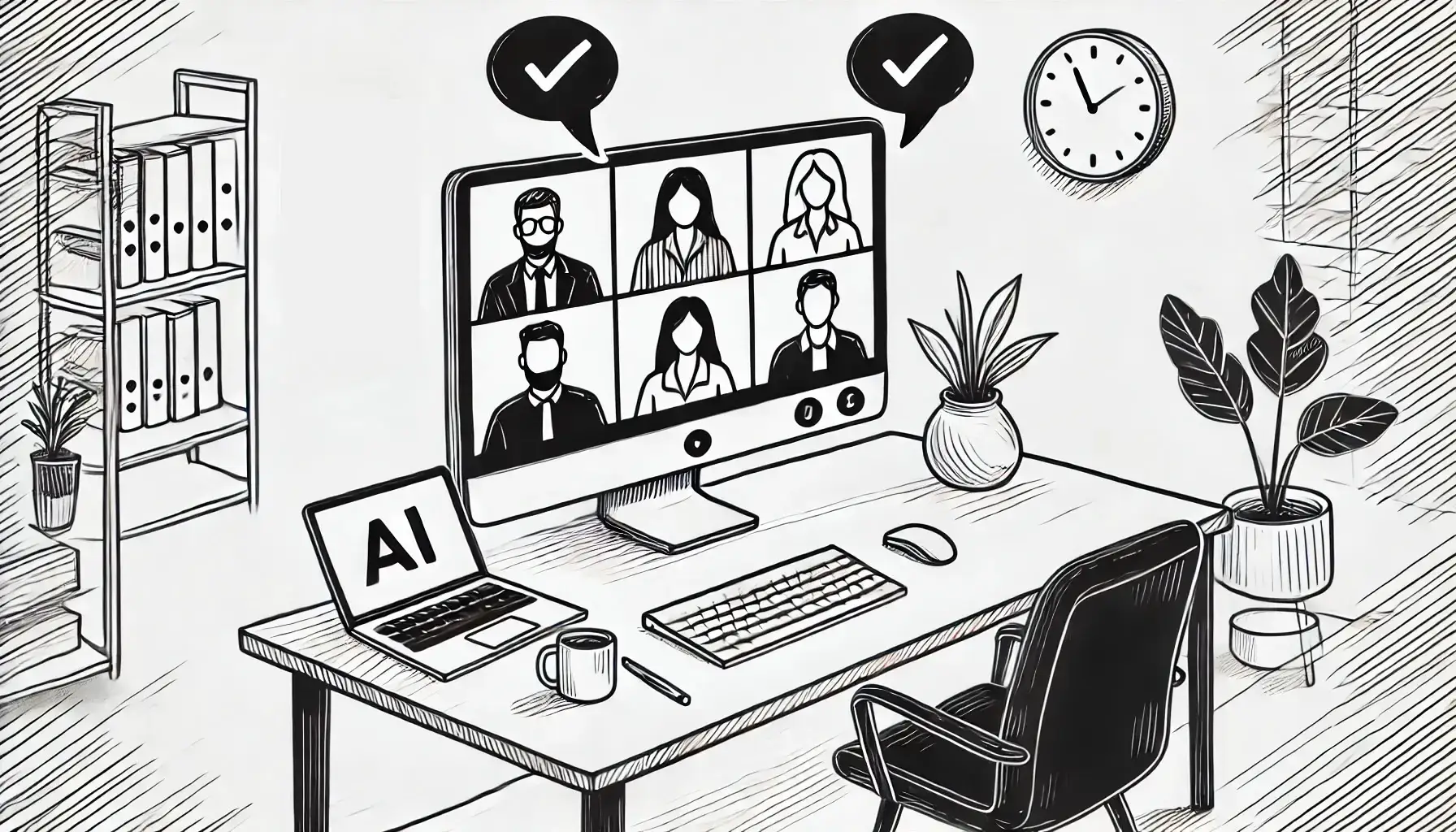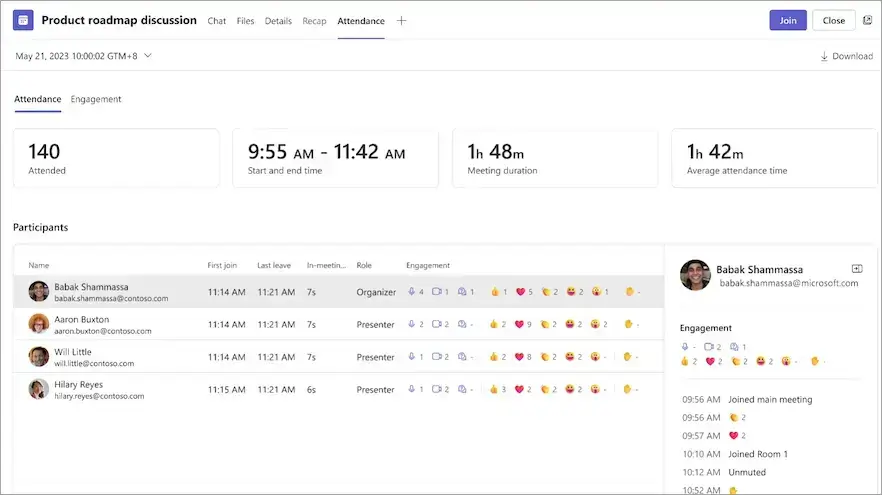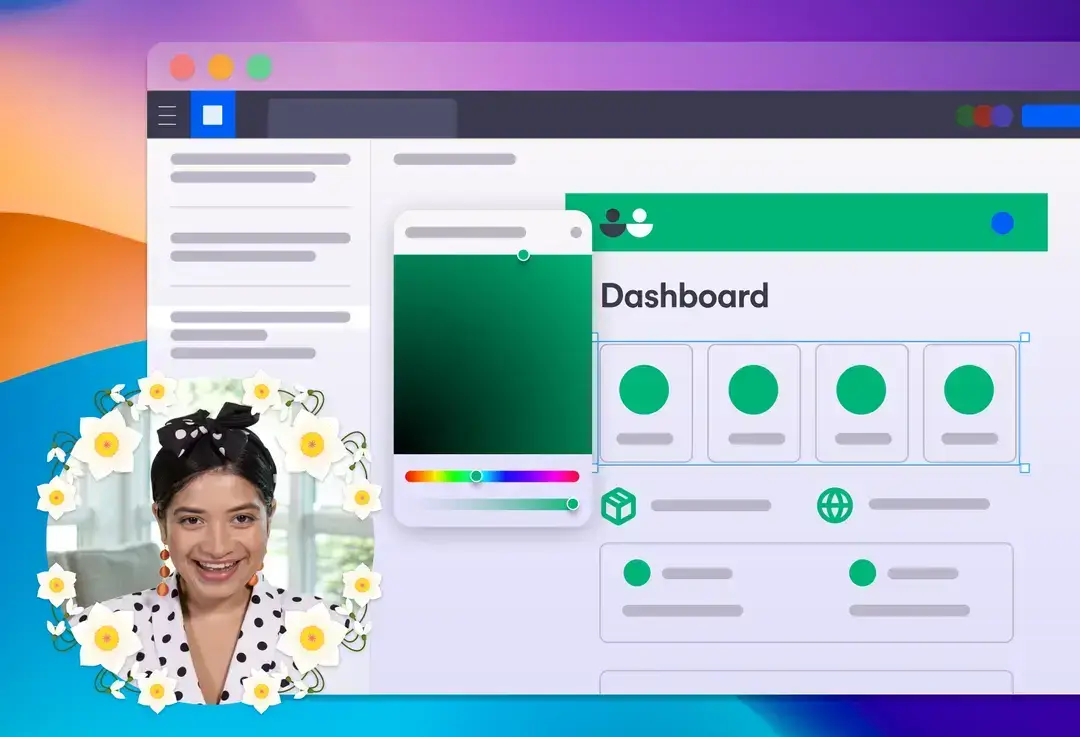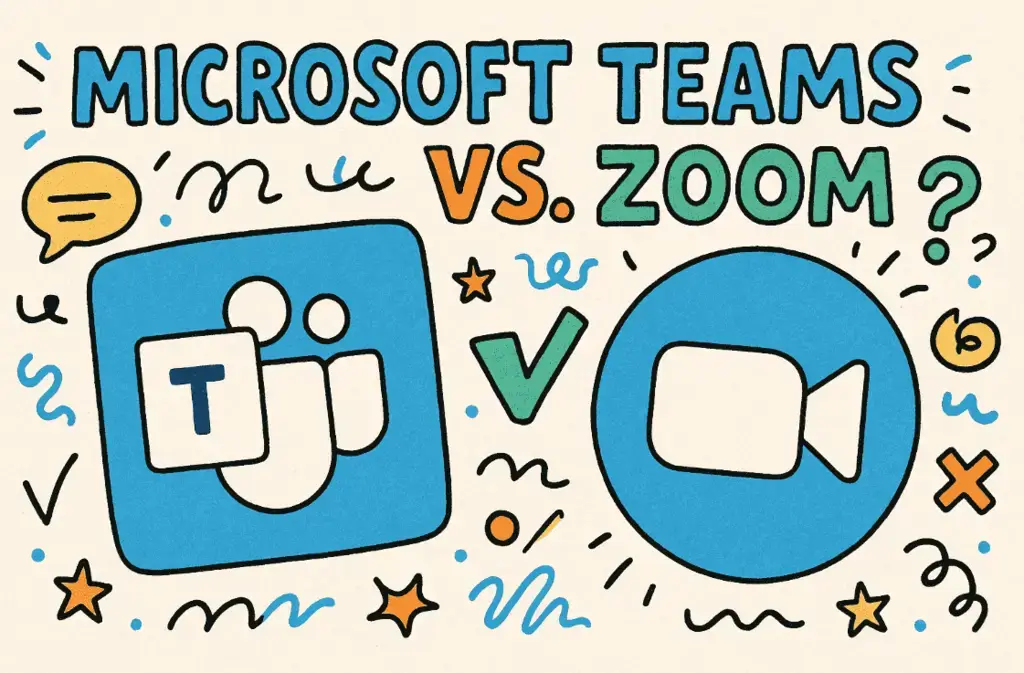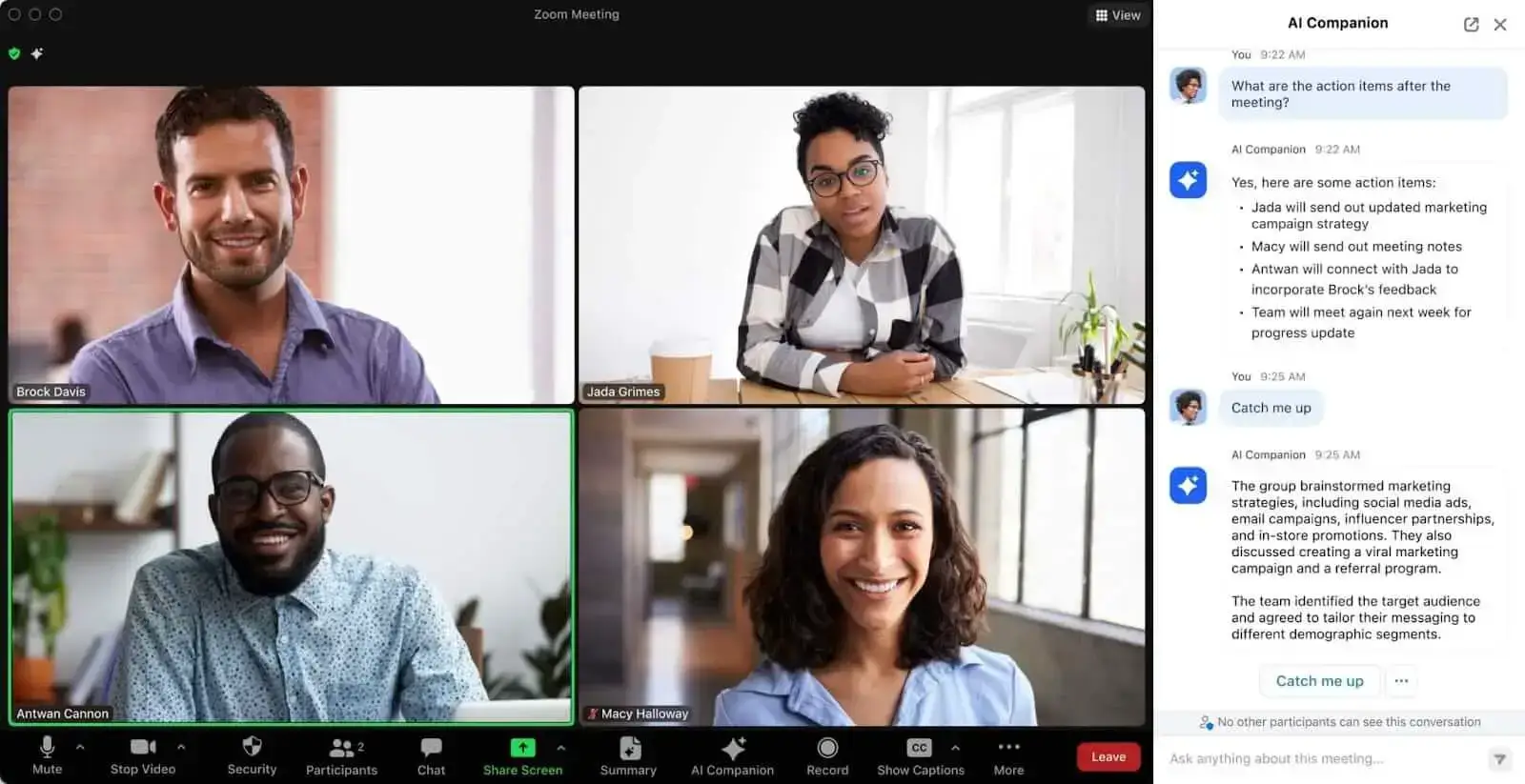Why You Need to Set Meeting Goals and How to Do That
The first step to a successful meeting is defining your meeting goals. Read this article to learn how high-performing teams do this!

✅ Free meeting recording & transcription
💬 Automated sharing of insights to other tools.

Image Source: yanalya on freepik.com
Setting meeting goals may seem like the obvious thing to do for some, and completely optional for others. We’re here to tell you that, in reality, setting goals is an essential step for your meetings. Read on to learn how to set the best goals for any meeting!
What Are Team Meeting Goals?
Team meeting goals are objectives that are set to guide the discussion and activities of any meeting. They provide a clear focus for the meeting and help ensure that the discussion is aligned with the purpose of the meeting.
Why Are Meeting Goals Important?
Here are the main benefits of setting meeting goals:
A. They keep team meetings on track
B. They enable effective meetings
C. They lower the cost of team meetings
Let’s take a look at why implementing meeting goals should be among your top priorities!
A. They Keep Team Meetings on Track
Setting meeting goals can help ensure that the meeting stays focused and does not get derailed by tangential topics. Writing your goals in your meeting agenda is a foolproof method that guarantees you can address all the important topics and that there is enough time for discussion and follow-up.
For meetings to stay on track, you must keep all obstacles and interruptions at a minimum. Since we know that’s not always easy, MeetGeek is here to help. Our tool is designed to help you focus on your meeting goals, while it automatically records, summarizes, and transcribes your meetings.
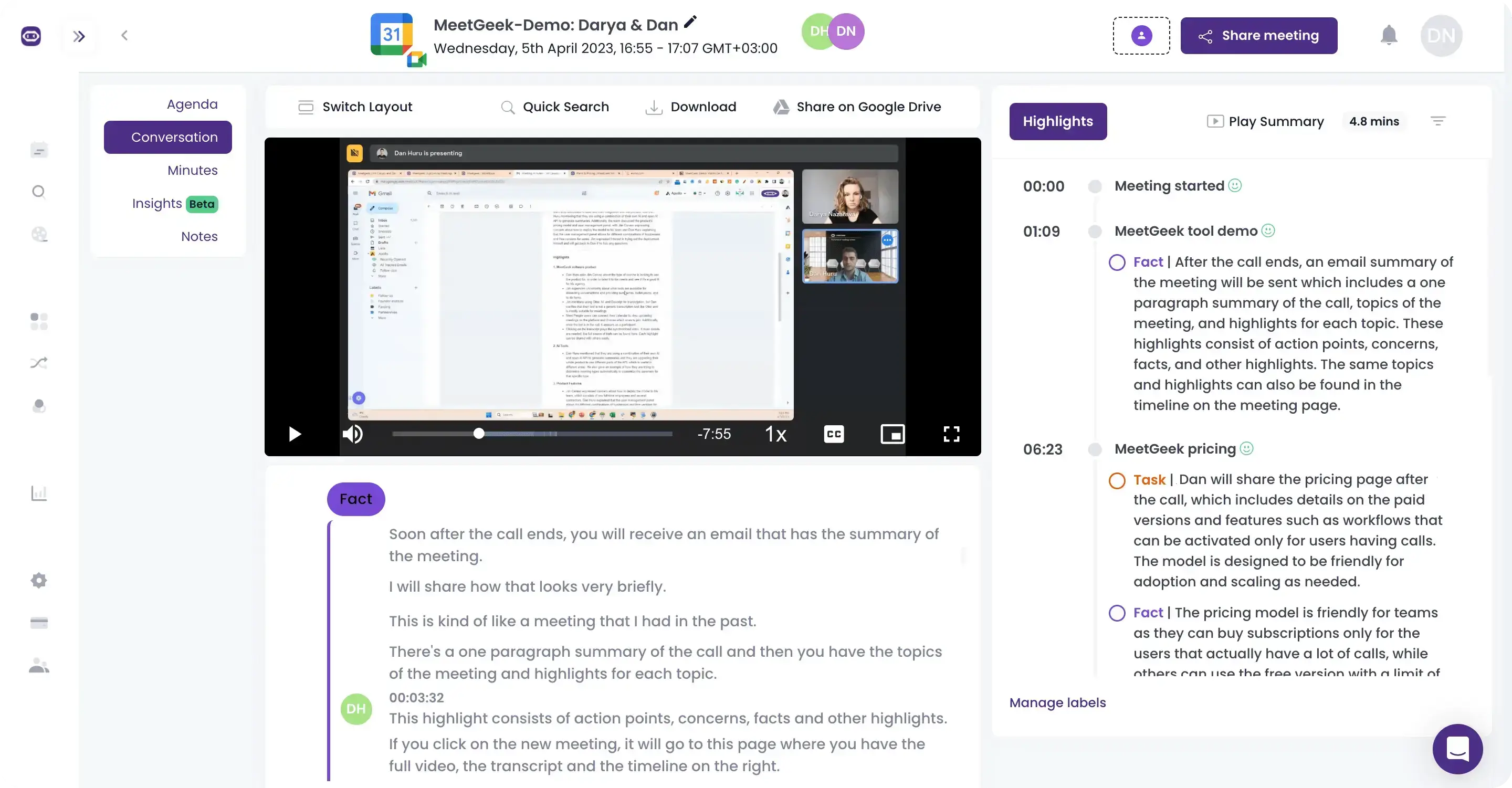
B. They Enable Effective Meetings
By giving participants a clear understanding of what you plan to accomplish, your meetings will become more effective. This allows everyone to come to the meeting with an informed understanding of the agenda and to focus on the right things. For distributed teams, goals can be reflected in a remote team management software that helps maintain this clarity and focus across different locations, ensuring all participants stay aligned.
C. They Lower the Cost of Team Meetings
Having meeting goals is an important part of reducing team meetings cost. Sticking to your meeting objectives every time you meet with your team to discuss a project ensures that the meeting does not get sidetracked, and the team doesn’t lose focus.
This way, meeting attendees won’t waste their time, which they could otherwise spend working on advancing current projects.
The Elements of a Good Meeting Goal
When writing down your meeting objectives, you can follow the SMARTER framework to make sure you have a methodical approach. The acronym SMARTER stands for:
A. Specific
B. Measurable
C. Achievable
D. Relevant
E. Time-bound
F. Evaluate
G. Readjust
Read on to learn what each term means and how you can adapt your goals to this framework!
A. Specific
Be clear and concise about the goal you want to achieve. Start by thinking about why the meeting is taking place and what the desired outcome should be. Get as granular as you can. Ask yourself:
- What should I accomplish?
- What are the best ways to get there?
- What results do I need to achieve these goals?
Once you have identified the goal and the necessary steps, write them down in a clear and concise manner.
B. Measurable
For a measurable meeting goal, it is important to create measurable criteria to evaluate the success of the goal. For example, if the goal is to double your sales, measurable criteria might include assessing the number of calls made by your sales reps, the revenue they were able to generate, etc.
C. Achievable
Although you may be tempted to get ahead of yourself and come up with an over-the-top elaborate goal, remember that meetings only last, on average, 30 to 60 minutes. Keep your expectations realistic and make sure you can achieve your goal with the resources available to you during your meeting.
D. Relevant
Your meeting objectives need to be relevant to the type of meeting you’re having. To do that, always keep in mind the particularities of your meeting format. Does your meeting goal align with that? If yes, you’re on the right track.
For instance, if you’re hosting a planning meeting, your meeting goals should not focus on brainstorming solutions for existing problems, but rather on creating an efficient strategy for the next parts of your project.
E. Time-Bound
Deadlines help us perform better in the workplace. That’s why having a timeframe attached to your meeting goals is essential.
Begin by defining the purpose and expected outcome of the meeting, and then create a timeline for when you expect to reach the goal. Make sure that the proposed timeline is realistic and allows everyone to fully contribute to reaching the end goal.
F. Evaluate
Continuously evaluating your goals during the process is essential. Sure, you can try to wing it and pray for the best, but that doesn’t mean you’ll be successful. You may want to check in on the status of your meeting goals every week or so to make sure you’re on the right path and if necessary to refine them.
G. Readjust
A flexible goal can accommodate changes in the company or the environment. This is particularly important when it comes to recurring meetings for the same project.
Just because you worked hard to come up with the best meeting goals at the beginning of the project doesn’t mean you need to stick to them regardless of how your project progresses. Constantly reassess and readjust your angle.
How to Set Team Meeting Objectives for Productive Meetings
We identified 5 steps that will help you set team meeting objectives for productive meetings:
- Identify Your Desired Outcome
- Structure Your Meeting Objectives
- Ensure Your Goals Are Actionable
- Align the Meeting Agenda with Your Meeting Goals
- Share Team Objectives with Members
Let’s take a closer look at each step to see exactly how you could integrate it into your goal-setting methods!
1. Identify Your Desired Outcome
When writing meeting goals, it is important to start by identifying what the desired outcome of the meeting should be. This is paramount in order to ensure that the meeting is effective.
To do this, think about what the purpose of the meeting is and what topics need to be discussed. Consider what the results should be and how they can be achieved. Writing down your conclusions will help to ensure that all parties involved are on the same page and know what is expected of them.
2. Structure Your Meeting Objectives
When summarizing your meeting objectives, it is important to be clear and concise. Include a few key points that you want to cover during the meeting, such as the topics to be discussed and any decisions that need to be made. Using audio transcription software can help keep track of these points for future reference.
Consider what action items attendees need to take away from the meeting and ensure that these are included in the summary. Doing so guarantees that everyone is laser-focused and can help make the meeting productive and efficient.
3. Ensure Your Goals Are Actionable
To ensure that your goals are actionable, start by breaking them down into specific tasks that need to be completed in order to meet the goal. Make sure each task is measurable so that you can track your progress. Additionally, review your goals to make sure they are reasonable and achievable.
4. Align the Meeting Agenda With Your Meeting Goals
Your meeting agenda should be aligned with the outcomes you want to achieve. Organize it in a way that allows for each goal to be discussed in detail and allows for time for questions and feedback. If you use a meeting note taker, it will help you capture these discussions accurately.
The agenda should also include any materials needed for the meeting, such as copies of reports or presentation slides, and the necessary time for everyone to review the materials.
5. Share Team Objectives with Members
Great meeting goals encourage collaboration among team members. When sharing team objectives, it is best to provide a concise and clear explanation of the desired outcome and the steps that need to be taken to get there. An automatic transcription tool guarantees everyone has access to the same information post-meeting. It is also important to ensure that everyone is aware of the timeline and deadlines associated with the task.
Always provide team members with the resources they need to complete the task and offer encouragement and support along the way.
Different Goals for Different Types of Meetings
We already discussed what makes a good meeting goal and how to create it. While this recipe might be foolproof, here are a few extra tips for different types of meetings to get inspiration from!
1. Planning Meetings Goals
The agenda for a planning meeting should include goals that are pertinent to the planning process and a timeline for each item. During the meeting, discuss each actionable item, and develop an action plan that makes it easy for all participants to understand the tasks and timelines associated with the planning process.
PRO TIP: Include in your goals how you're planning to keep all the interested parties up-to-date on the progress of the planning process.
2. Problem-Solving Meeting Goals
Problem-solving meeting goals should focus on actively engaging the participants in the process. The goal should be to help the team identify the root of the problem, generate potential solutions, and agree on a course of action. During the meeting, your main responsibility is to help the group to stay on track and remain productive.
For instance, during a meeting with your marketing team, participants should strive to come up with multiple creative ideas that can then be evaluated and narrowed down.
PRO TIP: End your problem-solving meeting with a clear action plan to ensure that the issue is addressed and resolved in a timely manner.
3. Decision-Making Meetings Goals
Decision-making meeting goals should include as objectives a timeline for when decisions need to be made, an agenda of topics your team should discuss, and a plan for how they will make their decisions.
PRO TIP: Host your decision-making team in a setting that encourages open discussion and encourages all participants to contribute.
4. Culture-Building Meetings Goals
Culture-building meeting goals should focus on encouraging collaboration, respect, and trust. This could include activities such as team-building exercises, open dialogue, and brainstorming opportunities. Your meeting goal should be that everyone feels comfortable and included.
PRO TIP: Allowing for breaks and encouraging active participation can help you achieve the desired result.
5. Working Session Meetings Goals
Working sessions are simply blocks of time when two or more people gather to work on a certain project. A good meeting goal should be able to be broken down into manageable tasks and should ensure that the meeting is focused and productive.
PRO TIP: Make sure to discuss and agree on the meeting goal before the meeting starts and that everyone is held accountable.
6. Feedback or Retrospective Meetings Goals
Retrospective meetings allow your team to look back on a particular project or process and assess what went well and what could be improved. Consider establishing the same type of objectives for similar projects in the future so that you can immediately put what you have learned to good use.
PRO TIP: Setting objectives and holding your retrospective meeting soon after you complete a project will help keep it fresh in your memory.
No matter the type of meeting you’re having, the MeetGeek virtual meeting assistant takes care of your note-taking needs, so you can finally focus on your team goals. Our AI creates automated notes based on keywords during any meeting. It also captures highlights of the conversation, like key ideas, objectives, concerns, or facts.
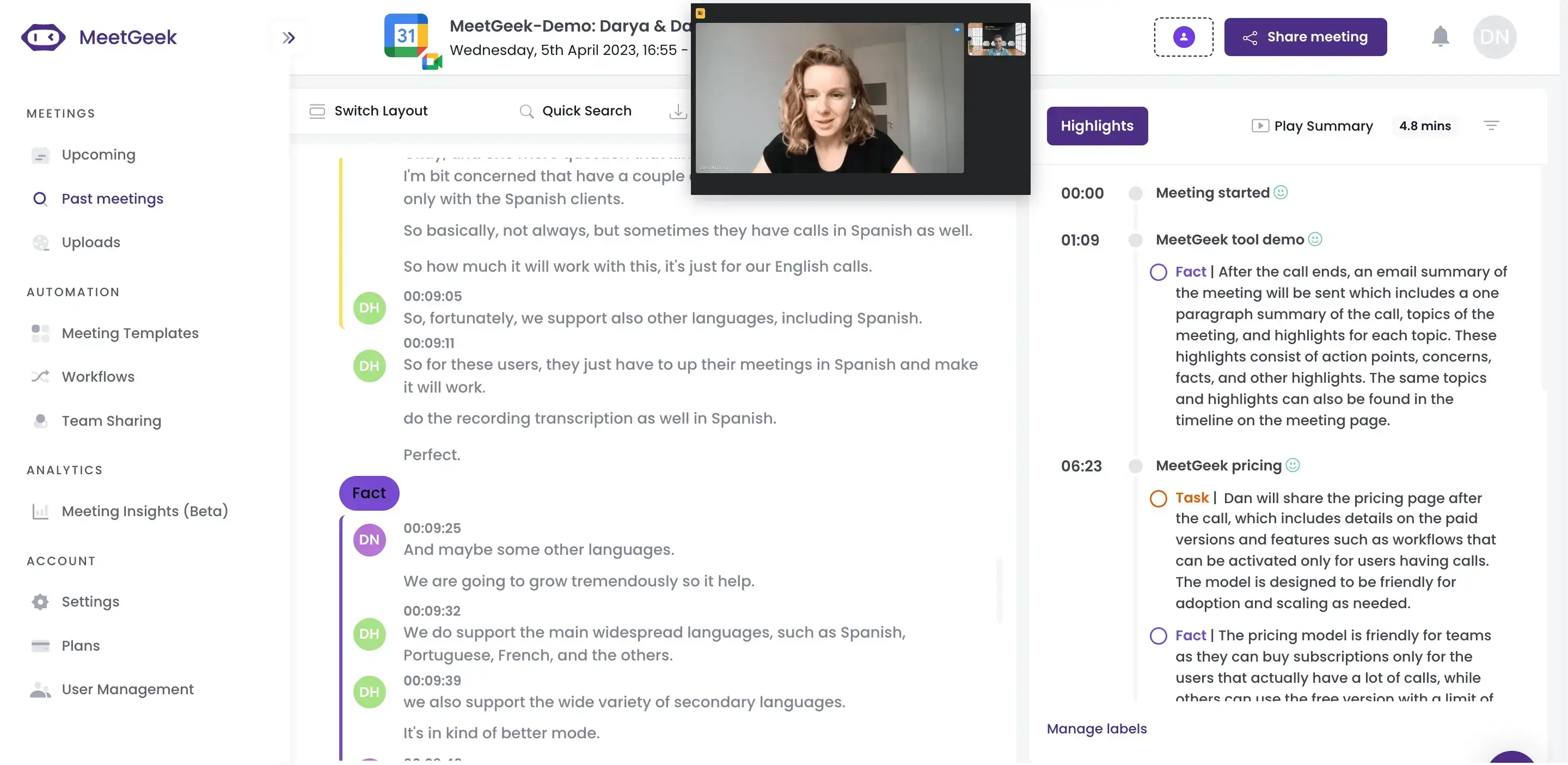
Define Your Meeting Goals Today!
Meeting goals are an essential part of any effective meeting. Coming up with the perfect meeting objective is now easier than ever if you follow these steps. And since we mentioned effective meetings, have you been struggling with meeting management, note-taking, and note-sharing? Free transcription tools can help streamline this process.
Try MeetGeek for free to learn how an AI virtual meeting assistant can help you record, transcribe, summarize, analyze, and share your meetings in just a few clicks!
.avif)




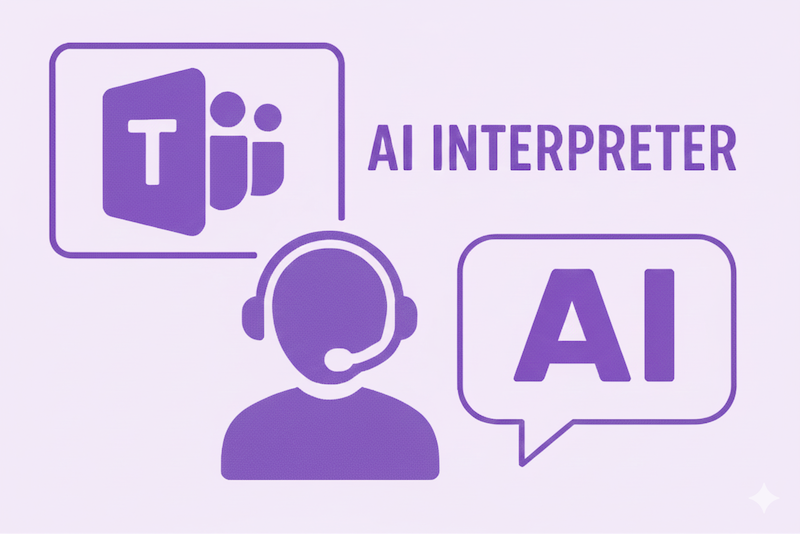




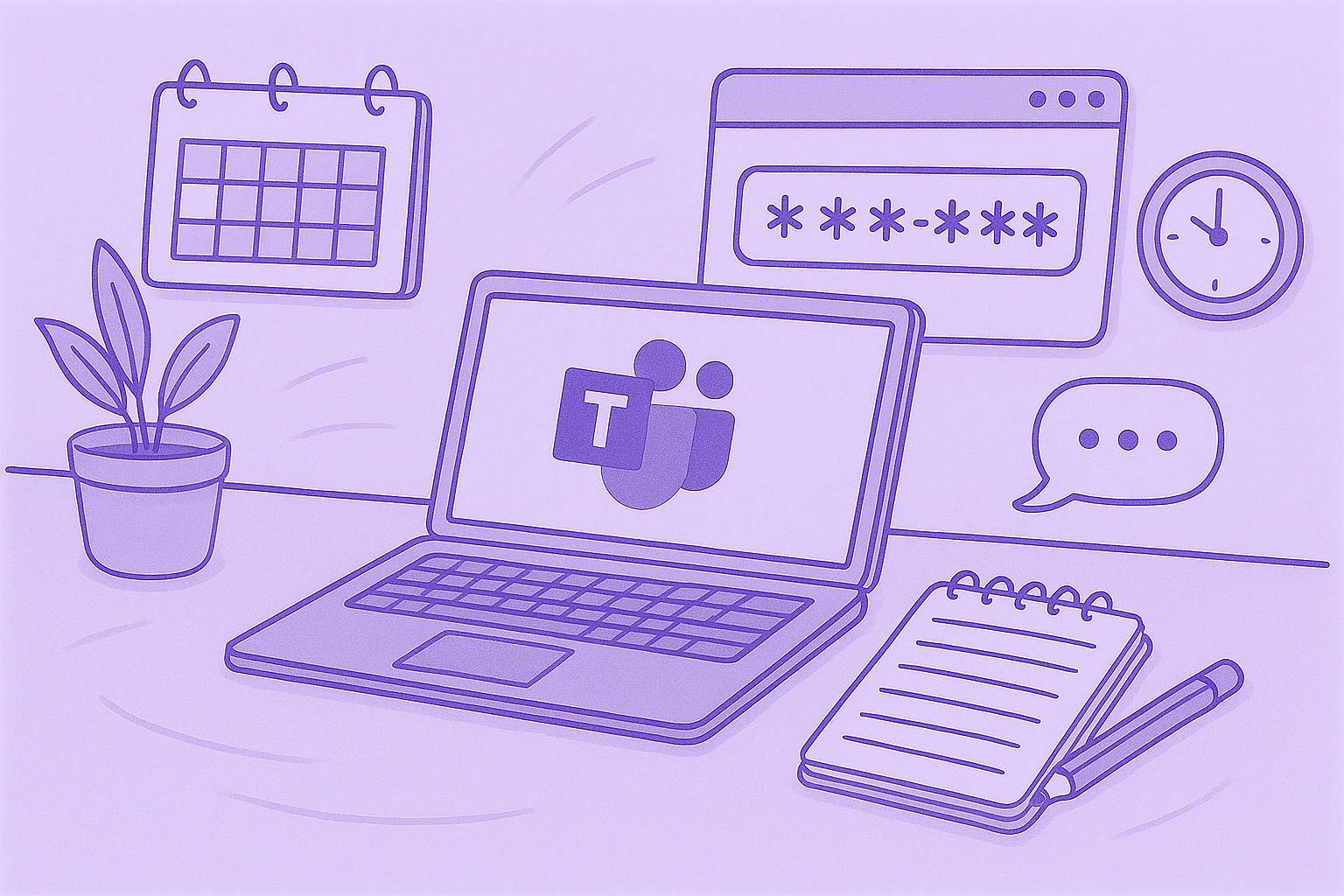

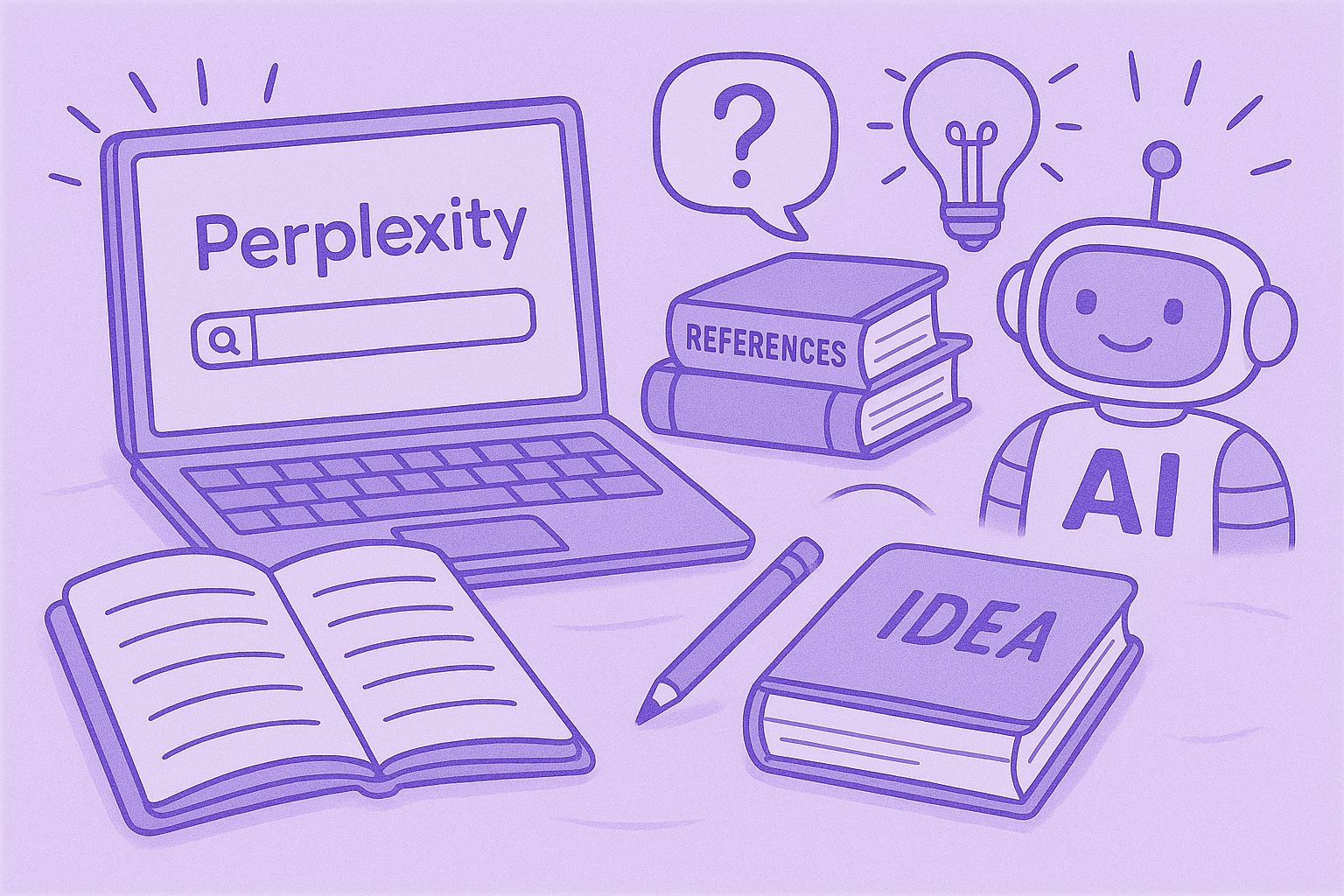













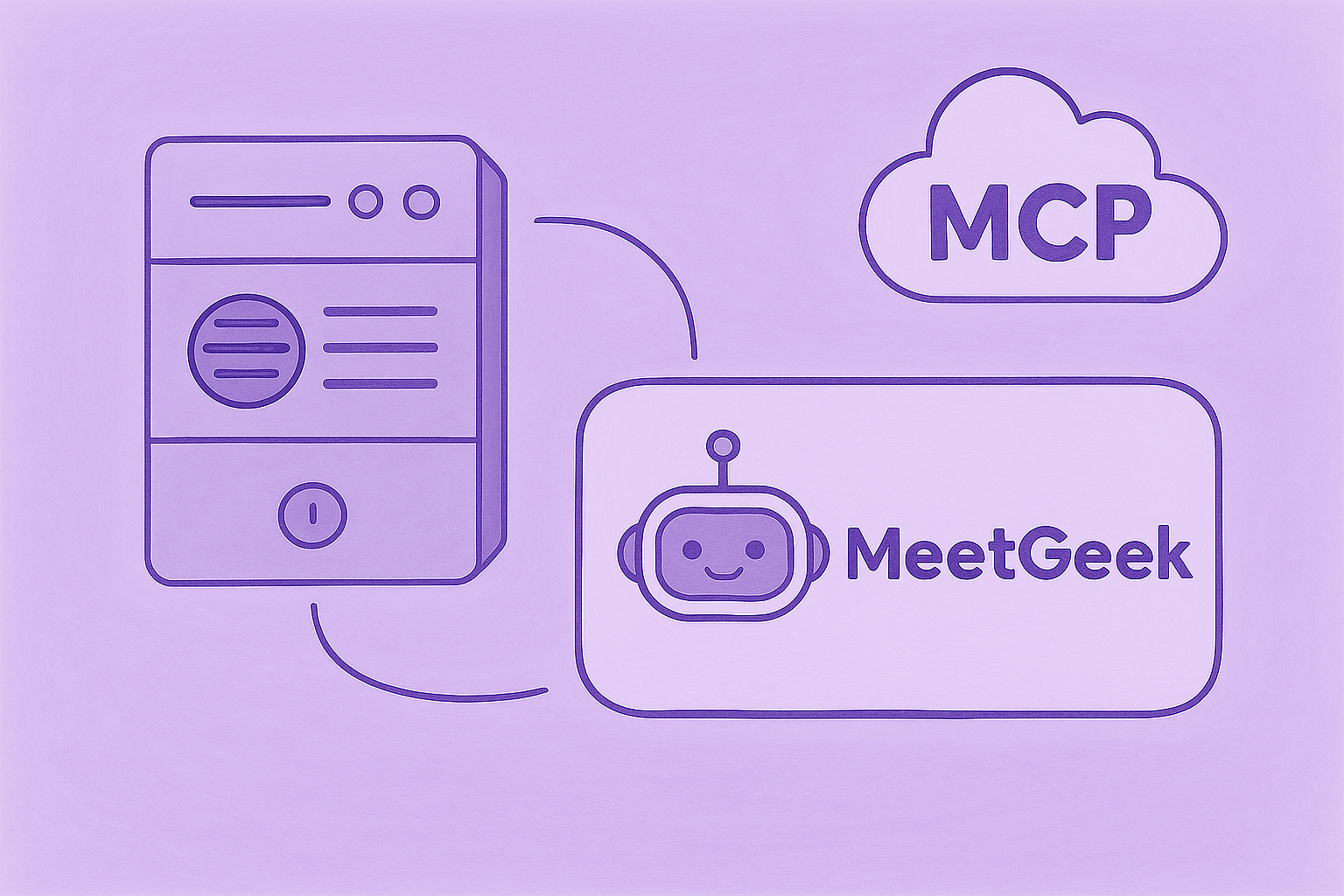
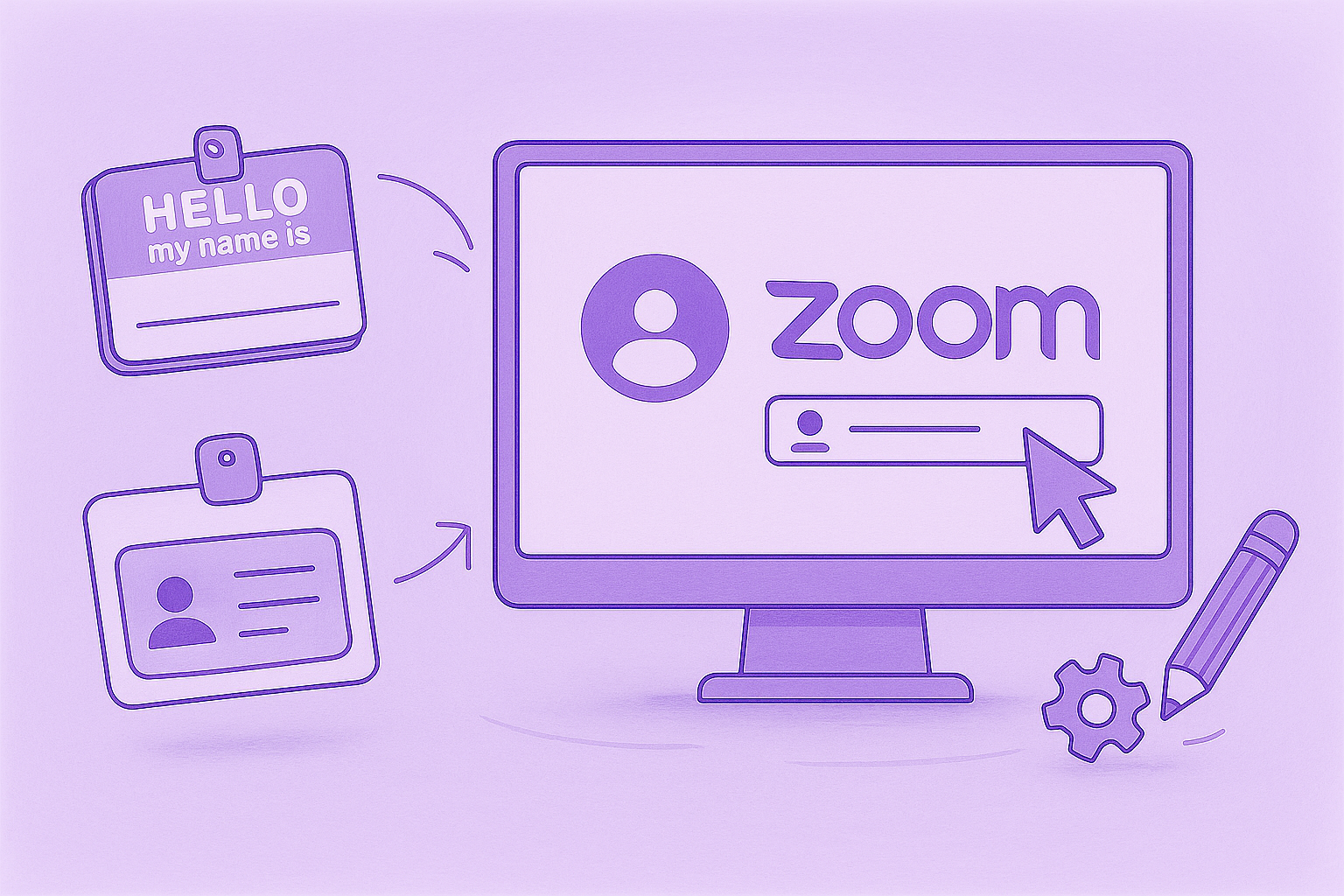


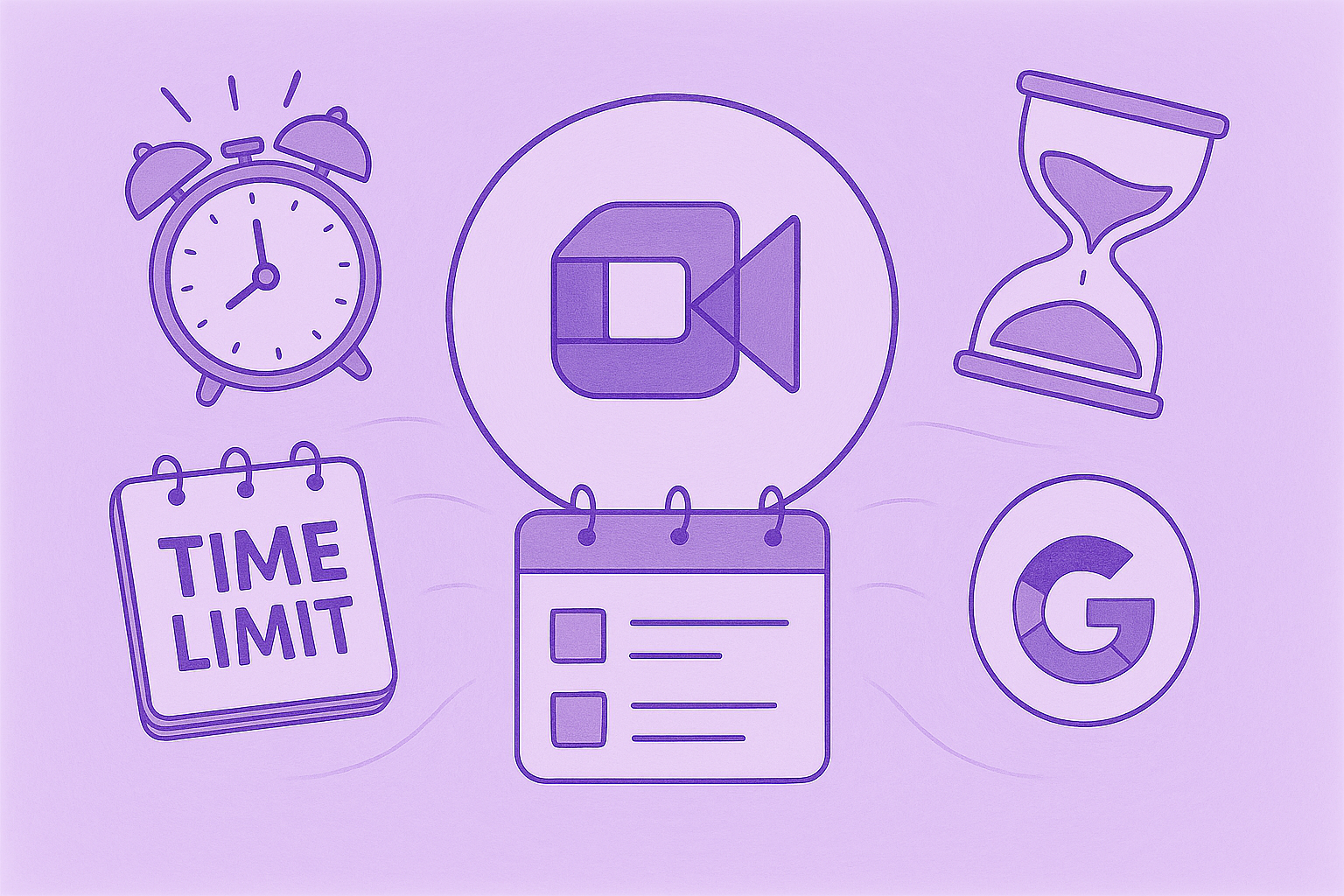

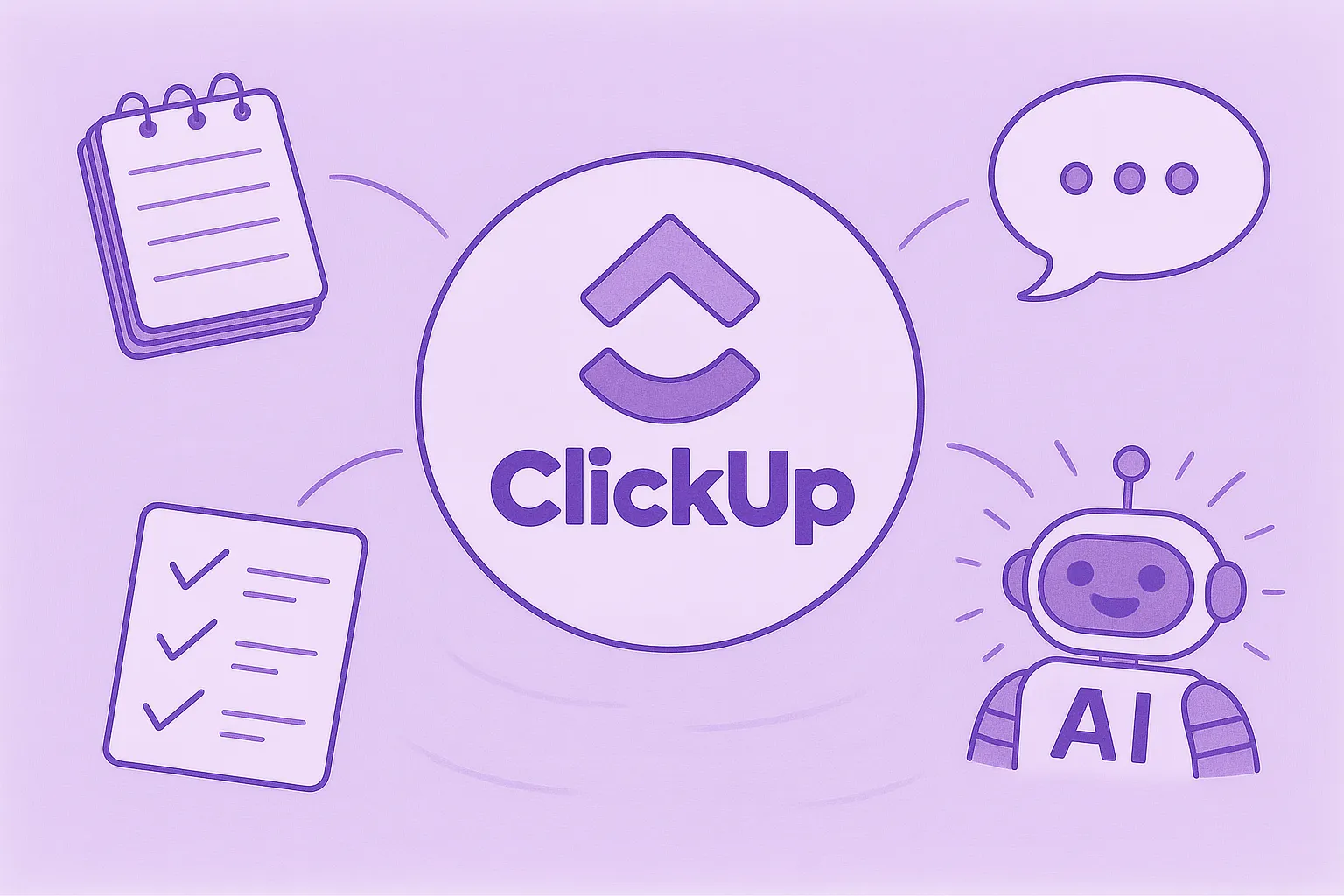
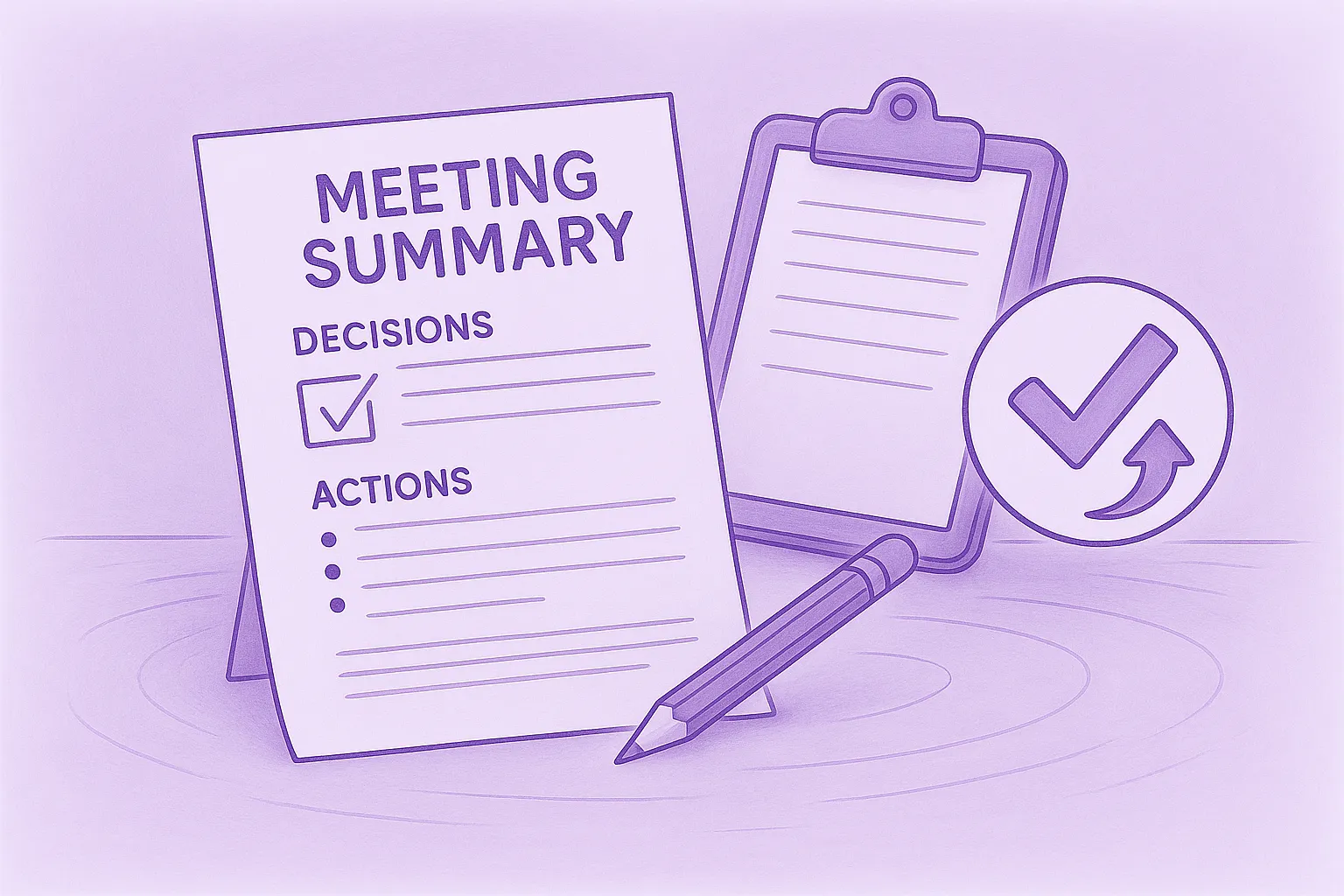


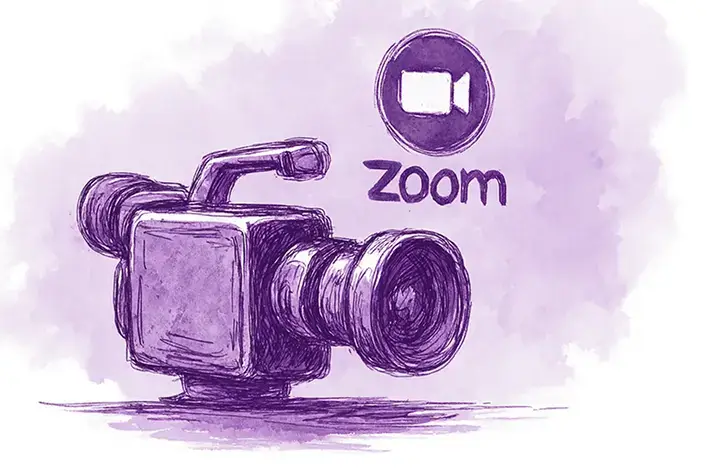



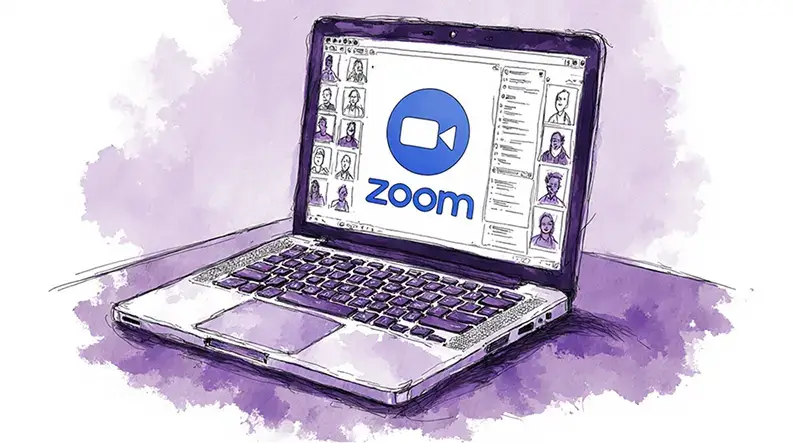




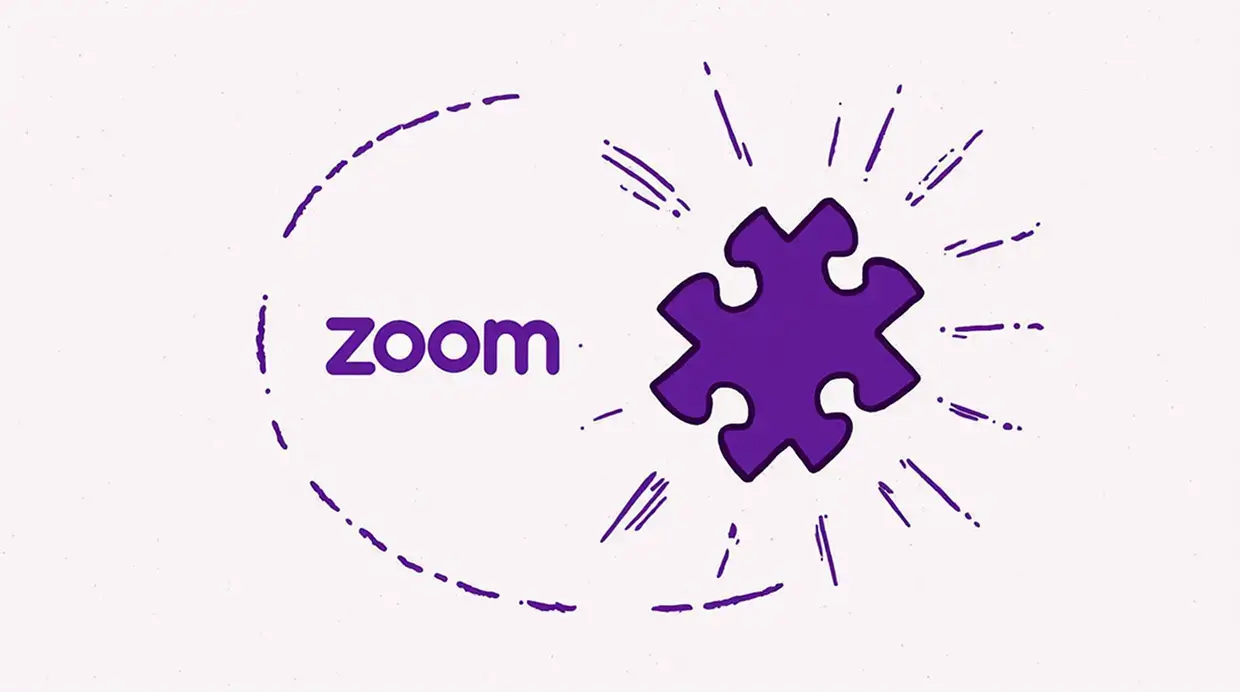
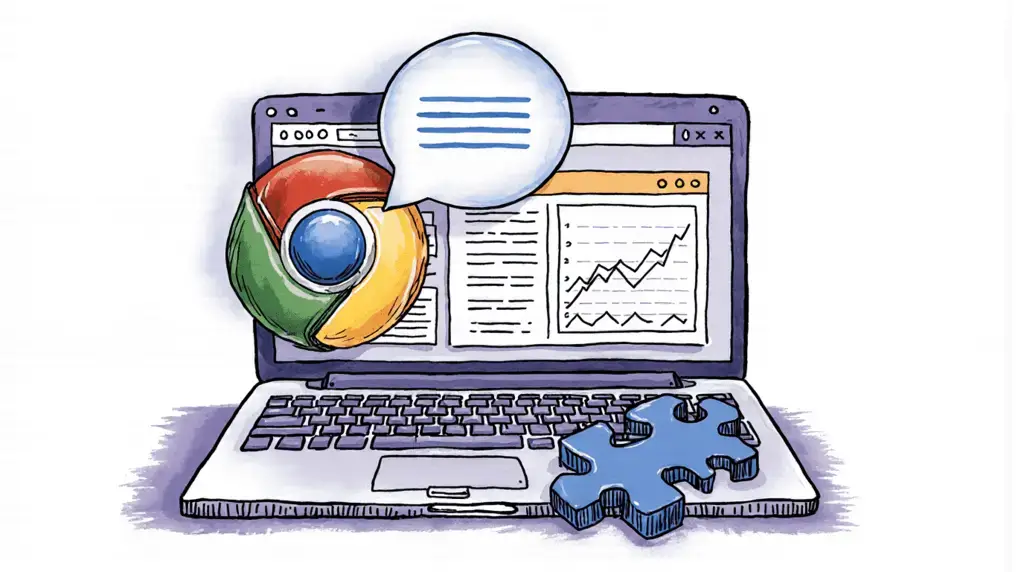







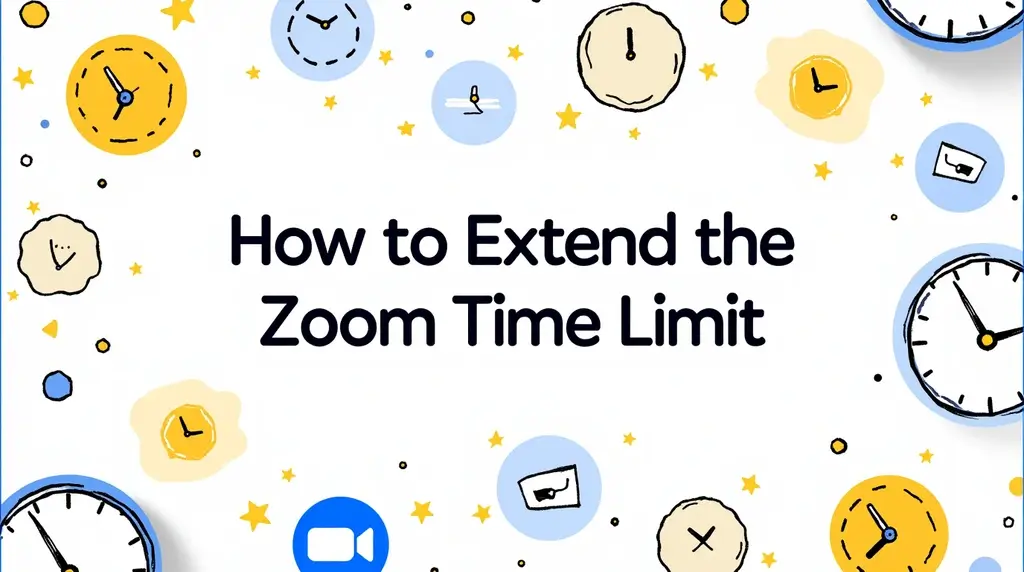



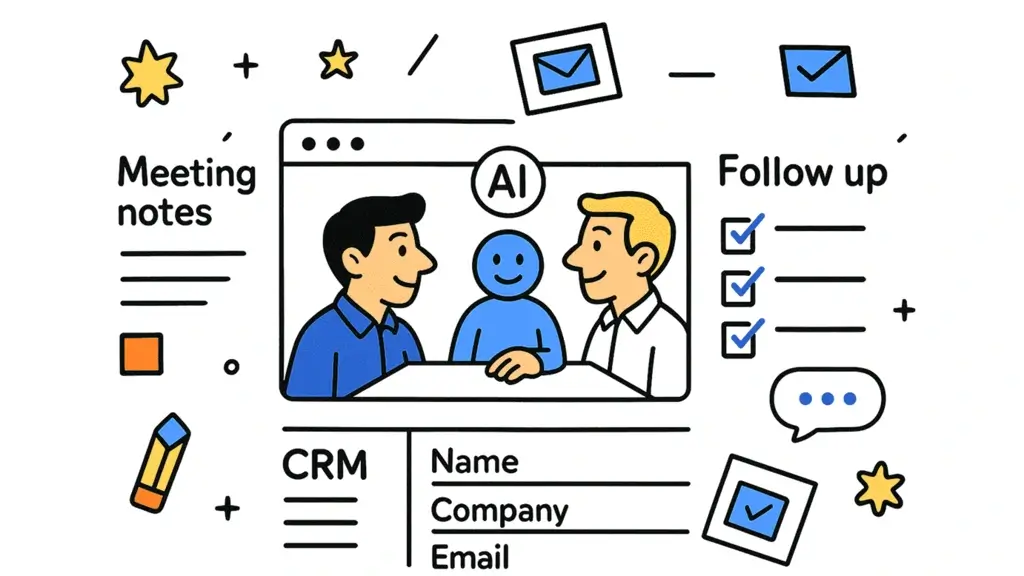

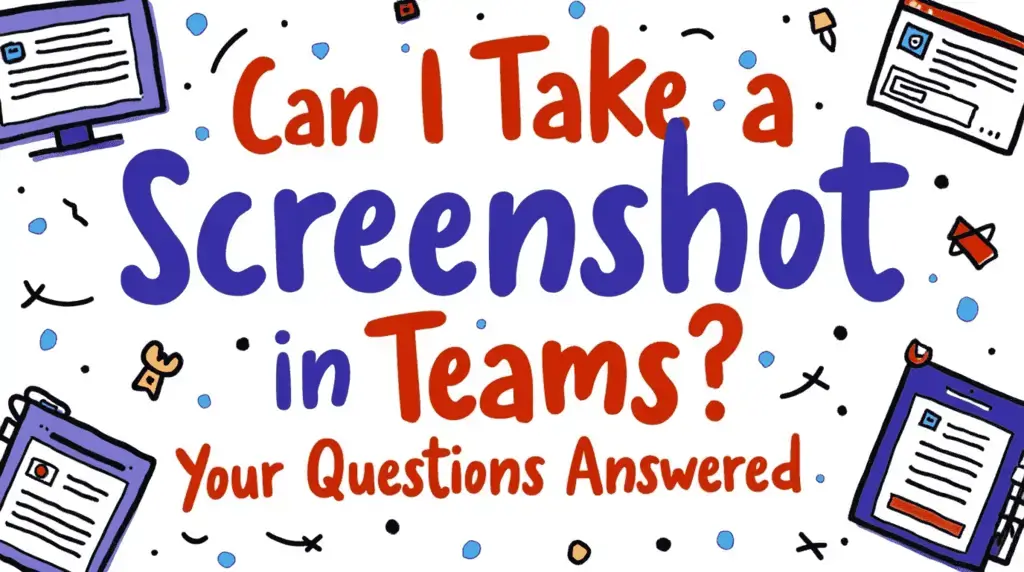






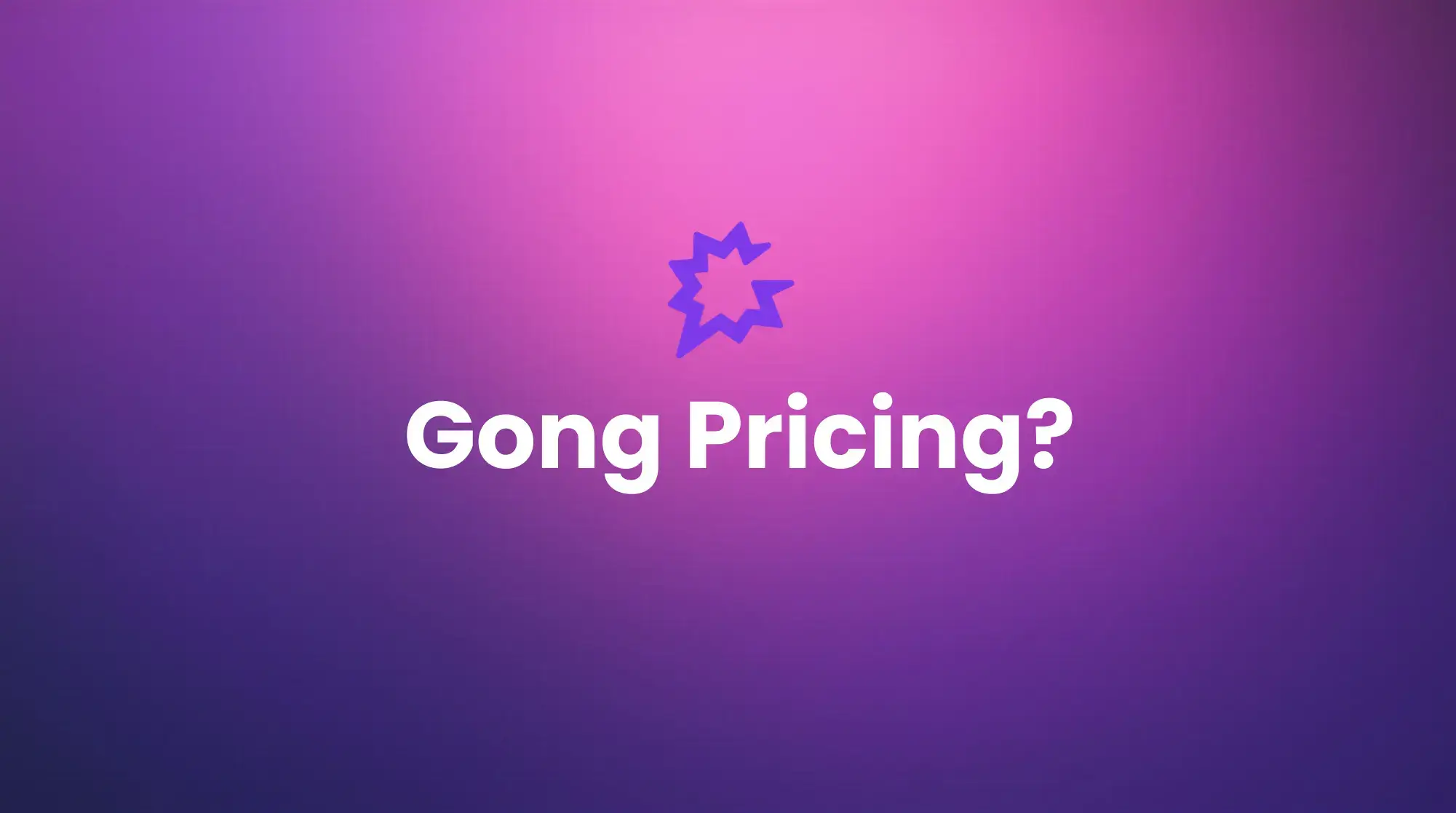

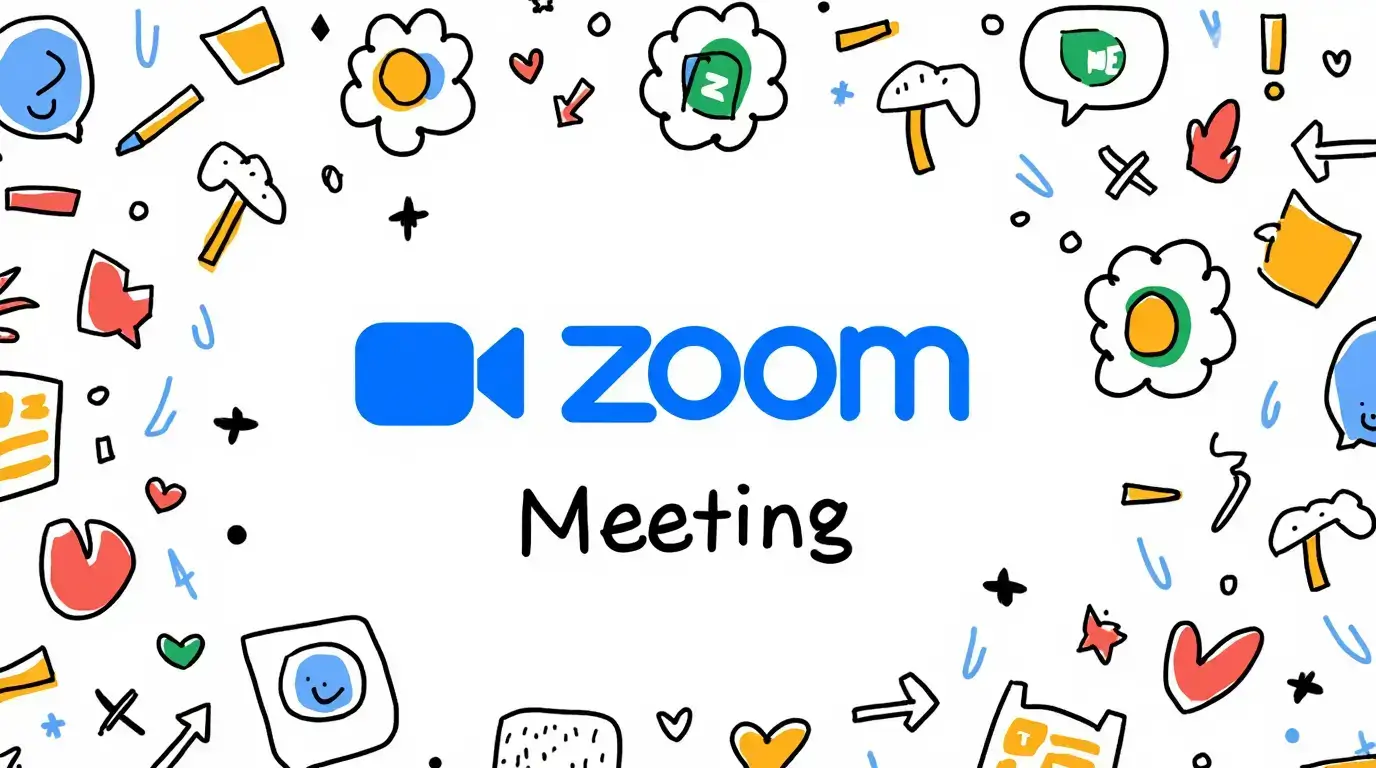





.png)

